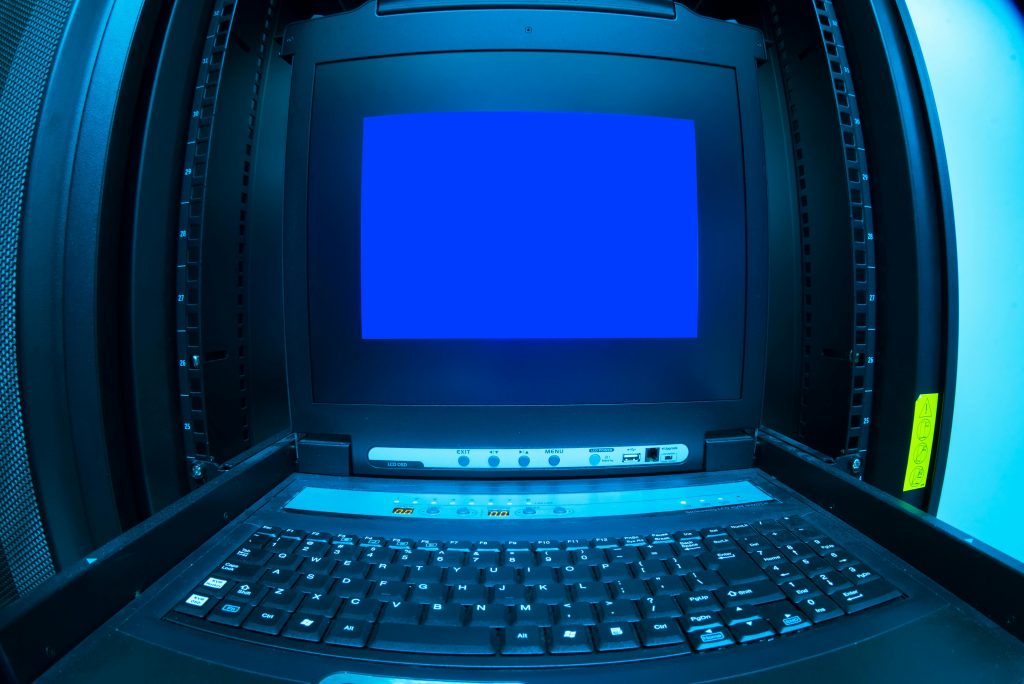Troubleshooting a Black Screen on Windows After Modifying msconfig Settings
Introduction
Encountering issues after modifying system configuration settings can be stressful, especially when your computer fails to boot properly. Recently, a user experienced a problematic startup scenario after changing processor settings via msconfig. This article will explore common causes of such issues and provide step-by-step solutions to restore normal system functionality.
Understanding the Issue
In this case, the user was attempting to optimize their system by adjusting the number of processors allocated for boot startup. After setting this value to 10, the change did not resolve the issue, so they reverted it back to 1, assuming that was the original setting. Subsequently, upon restart, the system loads to the login screen, but after logging in, it becomes stuck on a black screen with a movable mouse pointer and intermittent loading circles, indicating a system hang or graphical initialization problem.
Potential Causes
- Incorrect msconfig changes affecting boot parameters
- Corrupted user profile or system files
- Issues with graphics drivers or display configurations
- Conflicts arising from recent system modifications or updates
Step-by-Step Troubleshooting Guide
-
Boot into Safe Mode
-
Restart your computer.
- Immediately press and hold the F8 key (or Shift + F8 on some systems) during boot to access the Advanced Startup Options.
-
Select “Safe Mode” and press Enter.
-
Use System Restore
-
Once in Safe Mode, open the Start menu and type “System Restore.”
- Choose “Create a restore point,” then navigate to the “System Protection” tab.
-
Click “System Restore” and follow the prompts to revert to a restore point prior to the recent changes.
-
Check and Revert msconfig Changes
-
Launch msconfig by pressing Windows + R, typing “msconfig,” and hitting Enter.
- Under the “Boot” tab, verify that the processor count is set to Automatic or matches your system’s typical configuration.
- Ensure no other unusual boot flags are enabled.
-
Click “Apply” and restart the computer normally.
-
Update or Reinstall Display Drivers
-
In Safe Mode, access Device Manager:
- Right-click the Start button and select “Device Manager.”
- Expand the “Display adapters” category.
- Right-click your graphics card and select “Update driver.”
- If updating doesn’t work, consider uninstalling the driver and then reinstalling the latest version from
Share this content:



